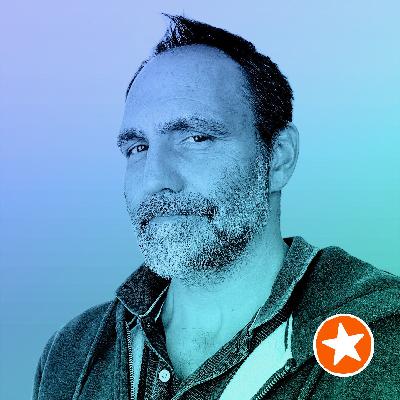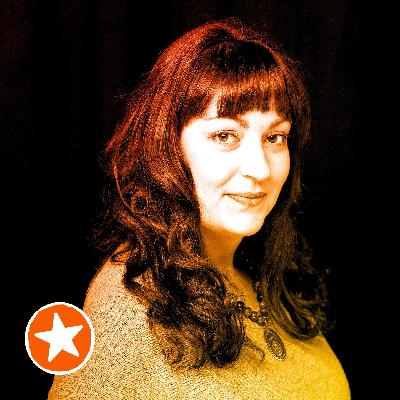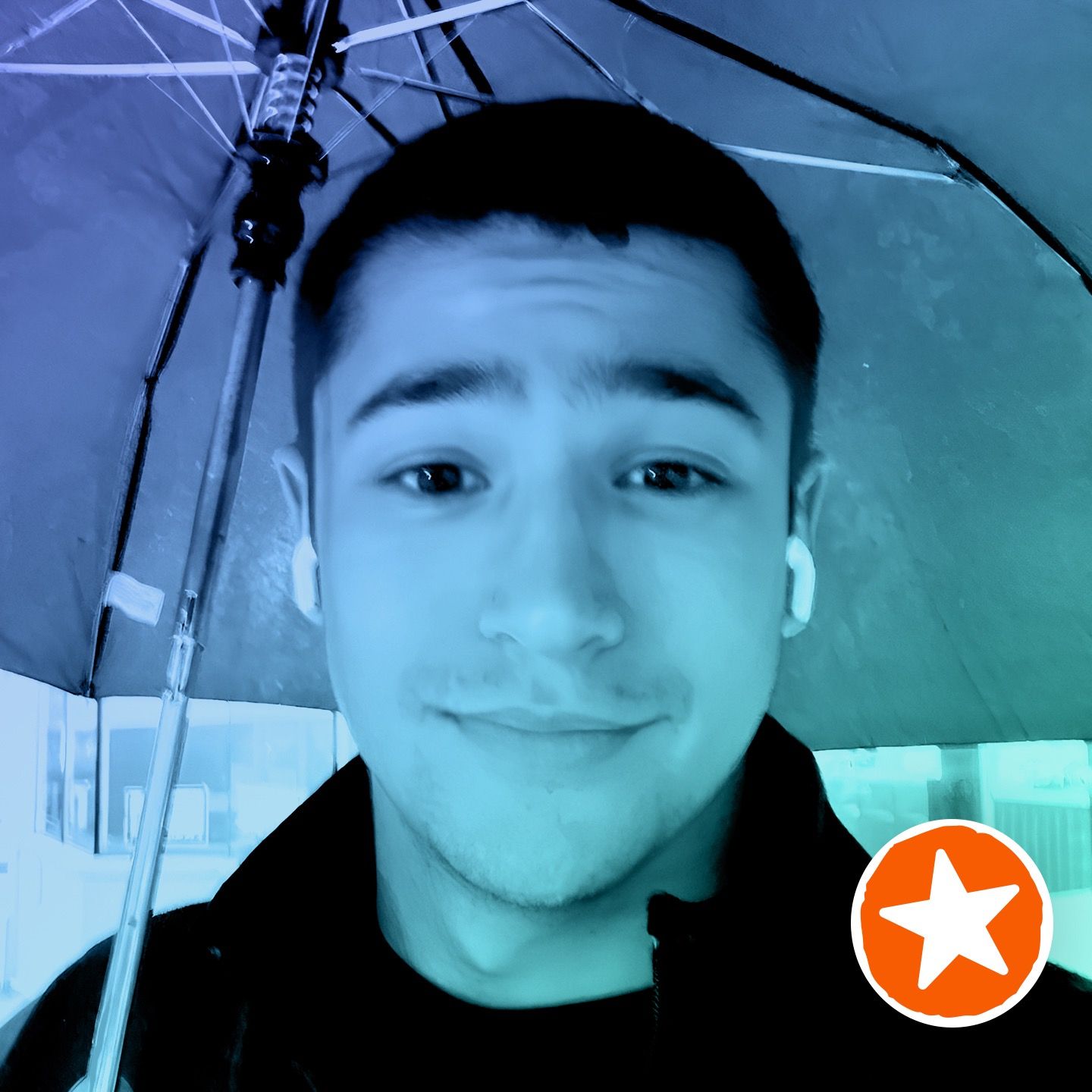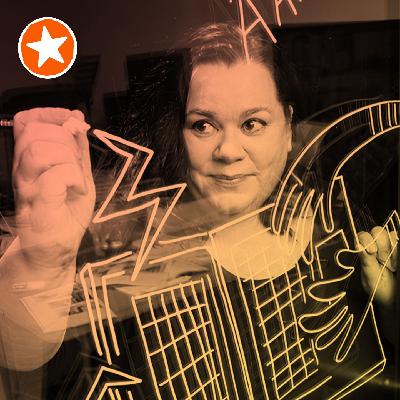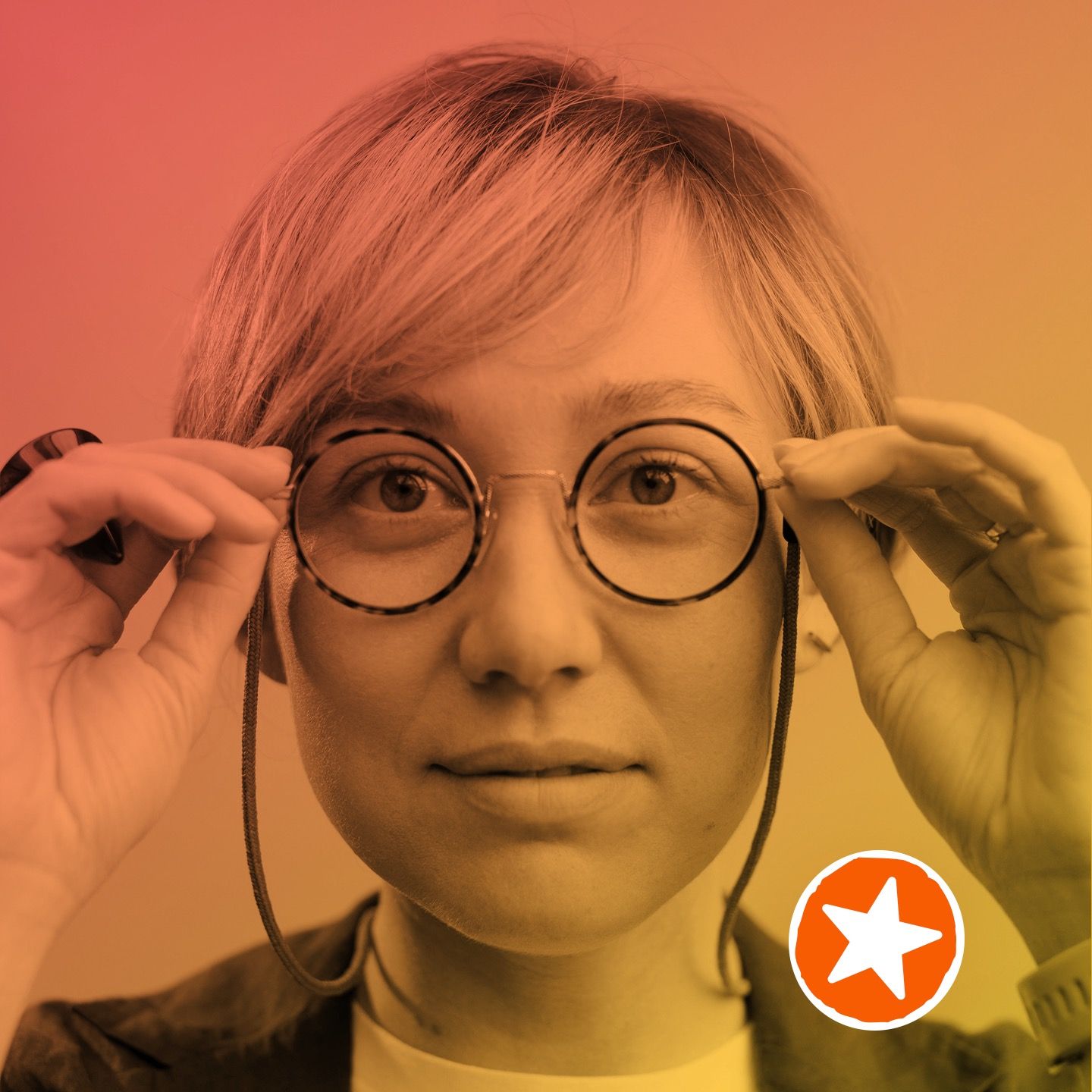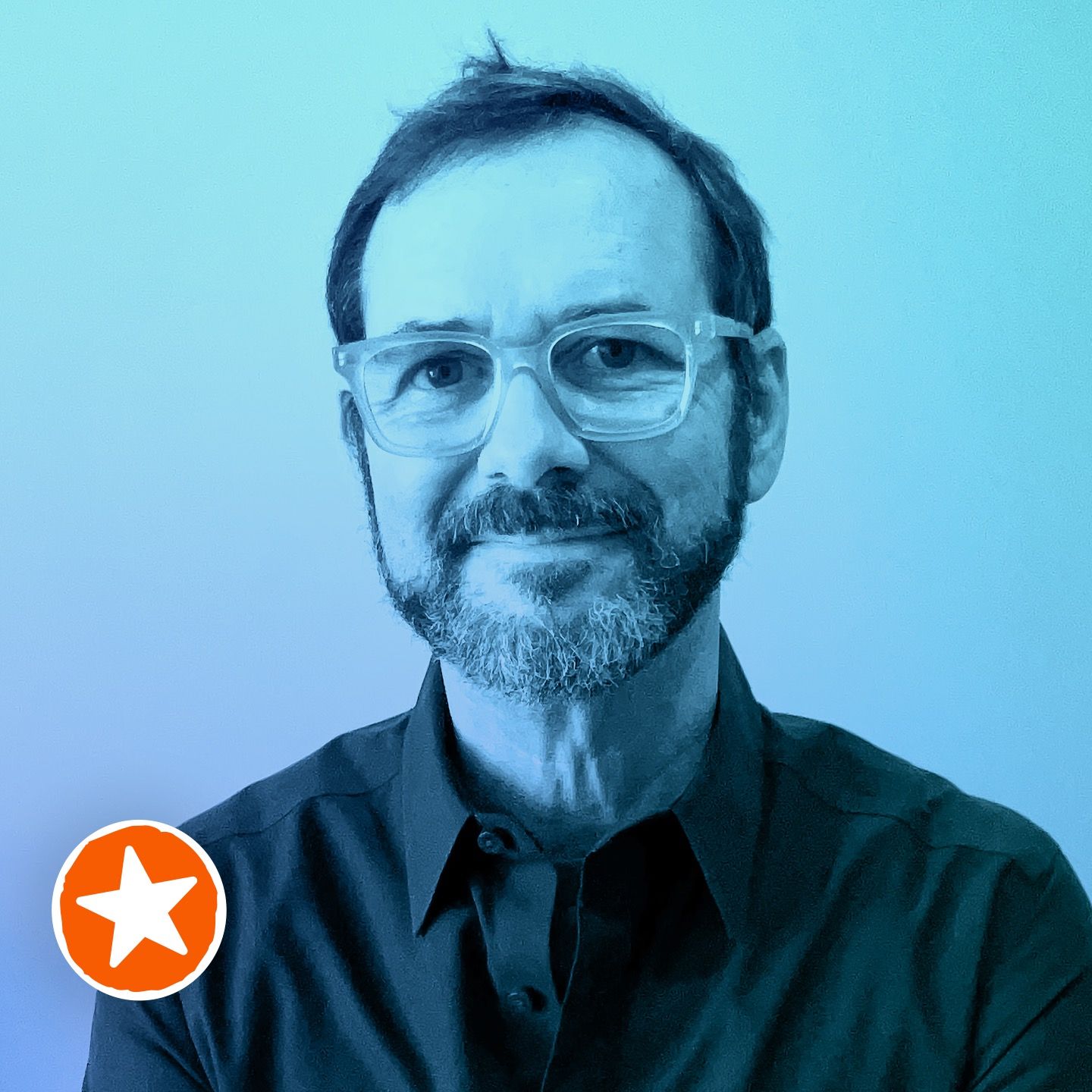Diana Ayoub collaborates with clients using a user-centered approach to visual thinking - S16/E08
Description
In this episode, Diana Ayoub, co-founder of Sh8peshifters, shares her tech-infused upbringing, journey into sketchnoting, and efforts to build a vibrant visual thinking community through regular meet-ups.
Sponsored by Concepts
The Concepts Sketchnote Workshop video — a unique, FREE, hands-on workshop video where I show you how I use the Concepts app to create sketchnotes on an iPad Pro with an Apple Pencil.
In this one-hour, eighteen-minute video, I cover:
- The Infinite Canvas as a sketchnoting power feature
- How vectors give you complete control of brushes and sizing as you create sketchnotes and
- How vector elements let you size and repurpose your drawings for ultimate flexibility.
The workshop video includes answers to common questions about Concepts.
Watch the workshop video for FREE at:
https://rohdesign.com/concepts
Be sure to download the Concepts app at concepts.app and follow along with me during the workshop!
Buy me a coffee!
If you enjoy this episode of the Sketchnote Army Podcast, you can buy me a coffee at https://sketchnotearmy.com/buymeacoffee
Running Order
- Intro
- Welcome
- Who is Diana Ayoub
- Origin Story
- Diana's current work
- Sponsor: Concepts
- Tips
- Tools
- Where to find Diana
- Outro
Links
Amazon affiliate links support the Sketchnote Army Podcast.
- Diana on LinkedIn
- Diana's Instagram
- Sh8peshifters website
- Think Visual! Sketch Lab course
- Book: Designing Tomorrow
- Alan Chen's Episode
Tools
Amazon affiliate links support the Sketchnote Army Podcast.
Tips
- Just doodle. Just let yourself go with the pen.
- Keep a sketchbook on you all the time.
- Talk to people. Find a community, a group of people who inspire and motivate you to think outside the box.
- Join the Think Visual Meet-up.
Credits
- Producer: Alec Pulianas
- Shownotes and transcripts: Esther Odoro
- Theme music: Jon Schiedermayer
Subscribe to the Sketchnote Army Podcast
You can subscribe to the podcast through iTunes, Google Podcasts, Spotify, Amazon Music, YouTube or your favorite podcast listening source.
Support the Podcast
To support the creation, production, and hosting of the Sketchnote Army Podcast, buy one of Mike Rohde’s bestselling books. Use code ROHDE40 at Peachpit.com for 40% off!
Episode Transcript
Mike Rohde: Hey everyone, it's Mike, and I'm here with Diana Ayoub. Diana, it's so nice to have you.
Diana Ayoub: Thanks for having me, Mike.
MR: Yeah, so Diana is coming to us all the way from down under, and she works with someone who was on last season's Sketchnote Army Podcast, Alan Chen. They are the two superheroes that make up Sh8peshifters with an eight. Where the A should be, there's an eight, is that right? S-H-8-P-Eshifters.
DA: That's Right.
MR: Yeah.
DA: Yeah.
MR: Yes. You're probably one of the dynamic duo, I guess, going with the superhero theme, I guess. I don't wanna belabor it too much, but anyway you guys make up Sh8peshifters. You do amazing work. Both Alan and I thought it would be great to have you on the show since he was on last season, to kind of talk about your perspective about visual thinking in the world, in Australia, and with the clients that you work with, the students that you teach, but first, let's get started and learn who you are and what you do at Sh8peshifters.
DA: Yeah, thank you, Mike. I'm very lucky to work with Alan. He's actually the reason I started this journey of drawing and sketchnoting again. But I guess going back to who I am, I'm a designer and illustrator, and I originally come from Lebanon. I studied my bachelor in graphic design in Lebanon. When I was growing up, I wasn't really pursuing drawing too much. It was more like something that I did in my textbooks in class. I just doodled while the teacher was talking, I guess to focus.
I found that if I had a pen in my hand, I would focus more, but I never really pursued it as a hobby or anything. I just really enjoyed it. What I was really more into was technology 'cause I grew up in a very tech-savvy family. My dad was a software engineer. My mom teaches middle school students' computer and information technology. I taught myself Photoshop when I was 13, and I just really loved exploring software and, you know, doing animations and all these little things.
I ended up doing graphic design and I worked in graphic design, web design for a while in Lebanon. And then I felt like I was kind of, let's say stuck creatively. I felt like I was being more like an operator for clients, just doing whatever they wanted on the software. So I decided to leave, and I pursued a master's in design in Australia. That's when I was introduced to a much bigger world of design in terms of design thinking and human-centered design. I realized that there's a bigger world out there of design where I could have more impact than just behind my screen, and I really fell in love with that again.
At the same time, that's where I met Alan, who's now my business partner, but I was lucky to have him as a mentor for a few years. We collaborated on lots of different projects. We went into education together, so he was already teaching, obviously, and I started teaching as well. And then we headed an animation and design course together at a college for a couple of years. And we were working on lots of creative projects together for a while there.
And then even after our paths kind of separated, he went into consulting and I became the head of the design course at a different college, we kept working and collaborating together on different creative projects. I guess, eventually we decided we'd like to do that full-time, and that's how Sh8peshifters came to life. Now, yeah, we work on Sh8peshifters, which is a visual communication agency where we love to help teams have more impact through the power of visual storytelling.
MR: Yes. I think I saw something just last week on LinkedIn, a little video that was shot of you and Alan helping two authors, I can't think of their names now, writing a book. I think it was something like Design for Tomorrow or something like that. Was like, samples of you guys working. You must have been aware enough that you would shoot things while you were working so you could at the end, put this video together. It was really cool.
DA: Yeah. Thank you. Actually, that video was created for an application for an award, which we won.
MR: Ah, okay.
DA: The book is called Designing Tomorrow.
MR: That's it. Okay.
DA: Yeah, and it was launched at the beginning of the year. It's an amazing project that we were very, very honored to work on, and we won the Good Design Award for Communication Design on that project. Actually, you can see the award right behind me.
MR: Oh, there we go. Nice.
DA: Yes, it's very recent, so we're very proud of it. I think what was amazing about the process was the collaborative aspect. We really love to work with the client collaboratively, and the way this project was created was not very typical of a book design process where the authors write the whole book and then send it off to the designer. What we did was we were working in parallel with them, so we would meet every couple of weeks, and they would've written two more chapters.
MR: I see.
DA: We would go through the chapters with them and live-sketch the different concepts, and they'd kind of have live input into it. Sometimes they'd even go back and change the words based on what we were discussing. So it was a really amazing co-design process. I think that's why the book I feel like it's quite powerful and impactful because of it.
MR: Seems like it would be very well integrated, right, because it's not just a manuscript which you then convert individuals, but it's actually the visuals and the words sort of evolved together so that they became much more a unified whole in a way.
DA: Yeah, exactly. Exactly. It feels like they complete each other quite well. Sometimes if we were developing—there's a lot of practical tools in it as well, so we were developing quite complex things and trying to make them very simple and easy to use by different people. And so, it was definitely complimentary. The content and the visual storytelling in it is quite complimentary.
<



